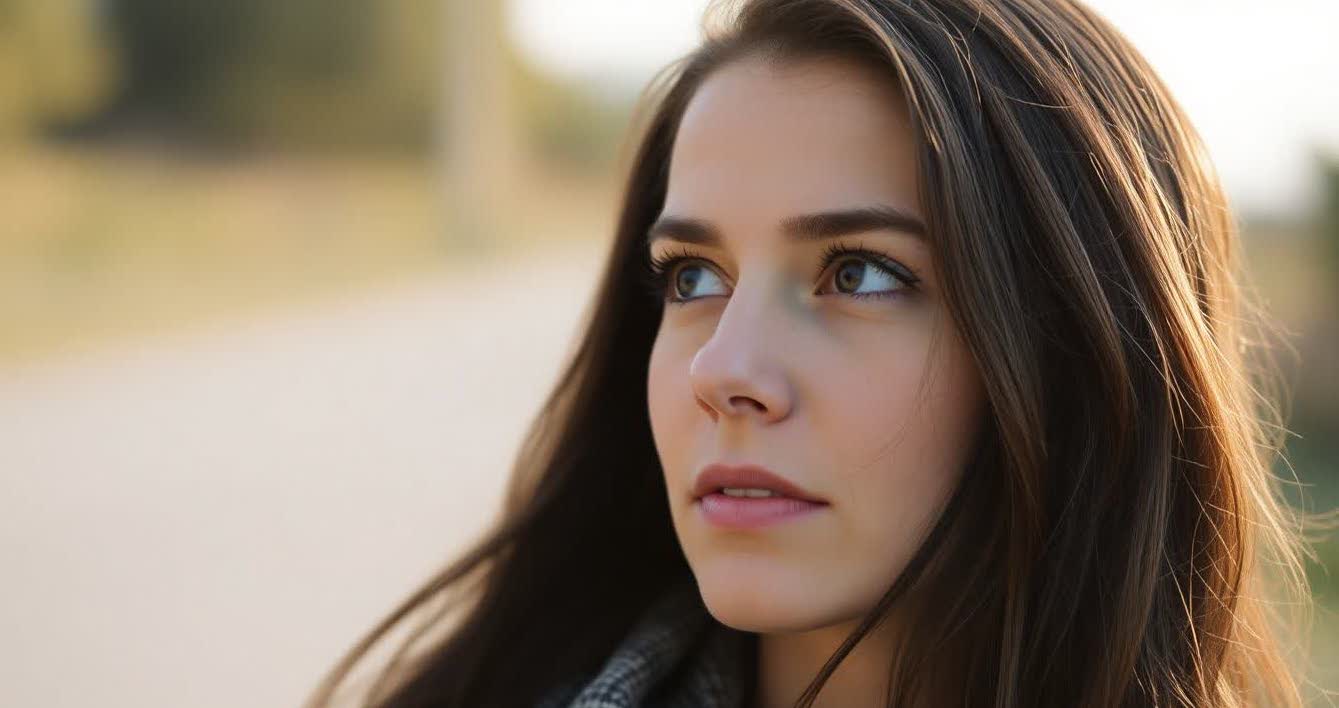May 28, 2025

Composition is the backbone of every powerful photograph—and few techniques are as universally recommended for beginners and pros alike as the Rule of Thirds. It’s a simple yet transformative principle that helps you place subjects and elements in a way that feels natural, engaging, and aesthetically pleasing.
Whether you're capturing a candid street moment or staging a dramatic studio portrait, understanding this rule adds clarity, tension, and structure to your frames.
Imagine your camera viewfinder or screen divided by two vertical and two horizontal lines, forming a 3x3 grid—like a tic-tac-toe board. The places where these lines intersect are called “power points.” These points are naturally appealing to the human eye and are ideal spots to place your subject or focal elements.
Instead of centering everything, positioning your subject along one of these lines—or at an intersection—creates a more dynamic composition that subtly guides the viewer’s attention.
Example: In portrait photography, placing a subject's eyes at the top third of the frame immediately creates visual connection and impact.

Humans naturally seek balance in visual media—but perfect symmetry often feels static or formal. By placing elements slightly off-center, the rule of thirds introduces visual movement and tension—encouraging the viewer’s eye to explore the whole frame.
This technique promotes:

Portrait Photography : Aligning a subject's eyes with the top third, and placing them slightly off-center, adds intimacy and allows for leading lines or blurred backgrounds to support the composition. Explore examples in Portrait Photography Ideas.
Photojournalism : This rule keeps subjects grounded while allowing the environment to tell the story. It brings harmony and hierarchy to scenes captured in real time, like those featured in What is Photojournalism?.
Wedding & Cinematic Photography : Used masterfully in Cinematic Wedding Photography, it helps create drama—balancing subjects against romantic backdrops or emotional scenes for timeless results.
1. Landscapes
2. Portraits
3. Still Life / Product Photography

Lighting dramatically affects how the rule of thirds plays out in your images. Strategic use of light enhances focus and emotional tone.
No—and that’s the beauty of it. Once you fully understand this rule, you can break it intentionally. Centered compositions can convey strength, stillness, or confrontation. But doing so consciously, with a clear purpose, separates skilled photographers from casual shooters.
Think of the rule of thirds not as a limitation, but as a launchpad for creative choices.
The Rule of Thirds is a timeless foundation for visual composition. Whether you're just starting out or refining your artistic eye, this technique helps bring clarity, energy, and intent to your photos.
Apply it thoughtfully, combine it with lighting and editing tools, and you’ll see immediate improvements in your storytelling and visual impact.
Stay up to date with the newest tips, gear reviews, and step-by-step guides to elevate your photography journey from home and beyond.